Coexisting with the black bear
In Québec there are more than 70,000 black bears. While the black bear used to live in forests and rural areas, it is now increasingly seen in towns and suburbs. How do we live safely with this predator?
This bear, although classed as a carnivorous mammal, is in fact omnivorous. In springtime, it feeds on a variety of herbaceous plants, small mammals and carrion.
It will also attack young cervids, including deer and moose. In summer, it turns over rocks and fallen tree trunks or rips apart rotting stumps in a search for bees, wasps, ants and termites.
It also eats fish, berries and wild fruit. In fall, it adds hazelnuts, acorns and beechnuts to its menu. It adores honey and often causes damage to hives.
In October and November, the black bear eats less and less and looks for a den where it can spend the winter: in a crevice or scree, or under a fallen tree. While the cold season lasts, it hibernates in a light sleep, subsisting on its own fat stores.
It emerges from its lethargy in March or April and starts looking for food. Leaving behind the forest, an increasing number of black bears approach residences, attracted by household garbage.
To avoid problems, never provide food for a bear, keep your garbage containers hermetically sealed and only put them out at the last possible minute. When camping, store food and food waste out of the bears’ reach.
By nature fearful and reserved, the black bear rarely attacks humans. But it is unpredictable and can be dangerous. When you’re walking in the forest, make your presence known by making some noise; the bear will be happy to distance itself from you.
If you happen to meet one, move away slowly while speaking to it quietly. If it should approach you and attack, don’t run; face it as you brandish a piece of wood, throw things at it and shout to impress it.
The black bear is a star at Animalium , Mont-Tremblant’s zoological museum. There you can examine it from all angles…in perfect safety.
By the same author: The return of the pilgrim (Click the image below)

Jacques Prescott131 Posts
Jacques Prescott est biologiste, professeur associé à la Chaire en éco-conseil de l’Université du Québec à Chicoutimi. Spécialiste de la biodiversité et du développement durable, il est l’auteur de nombreux livres et articles sur la faune et la conservation de la nature. Il nous fait l’honneur de rejoindre notre équipe de collaborateurs et signera chaque mois une chronique intitulée Faune et flore. / Jacques Prescott is a biologist, associate professor with the Chair in Eco-Counselling of the Université du Québec à Chicoutimi. A specialist in biodiversity and sustainable development, he is the author of numerous books and articles about wildlife and nature conservation. He has honoured us by joining our team of contributors and will write a monthly column entitled Wildlife and Habitat.
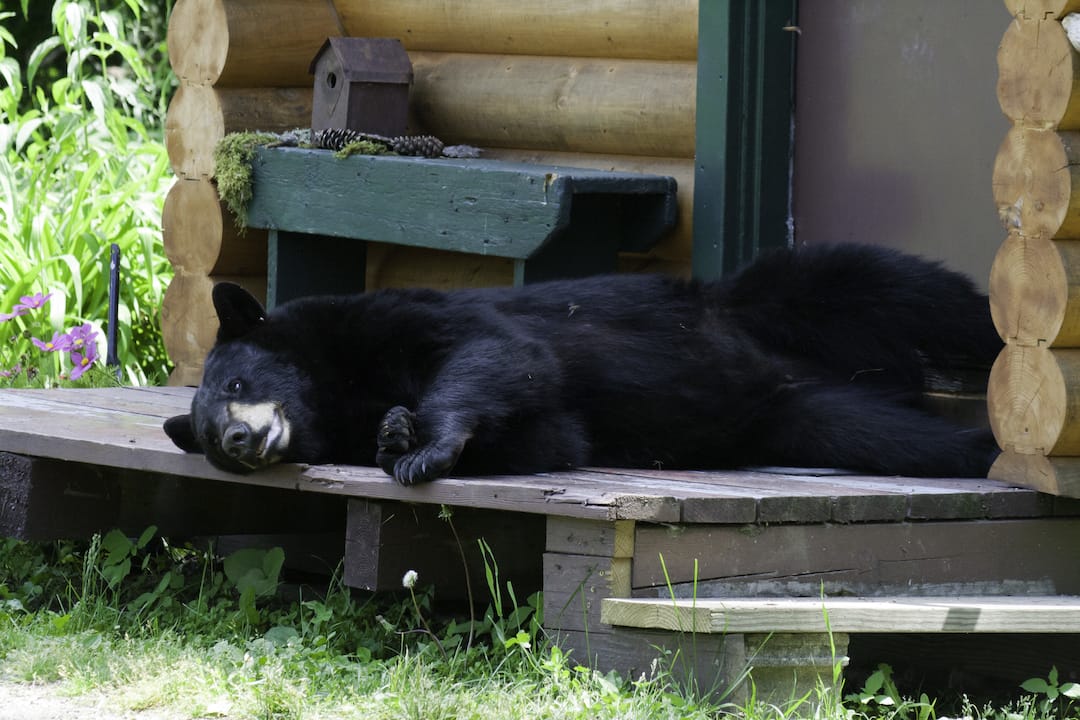
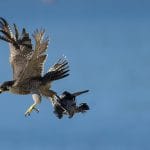
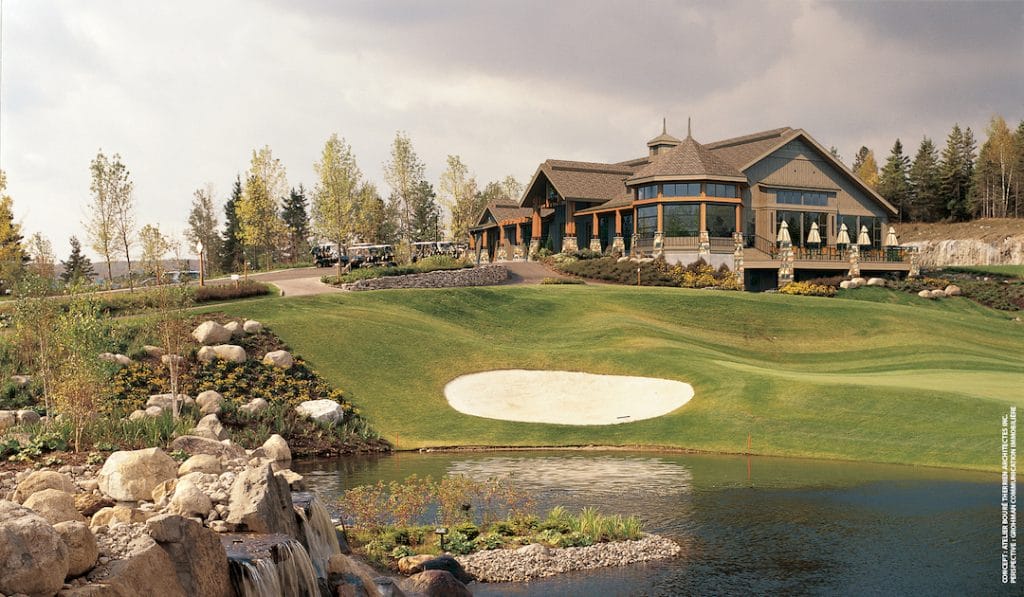
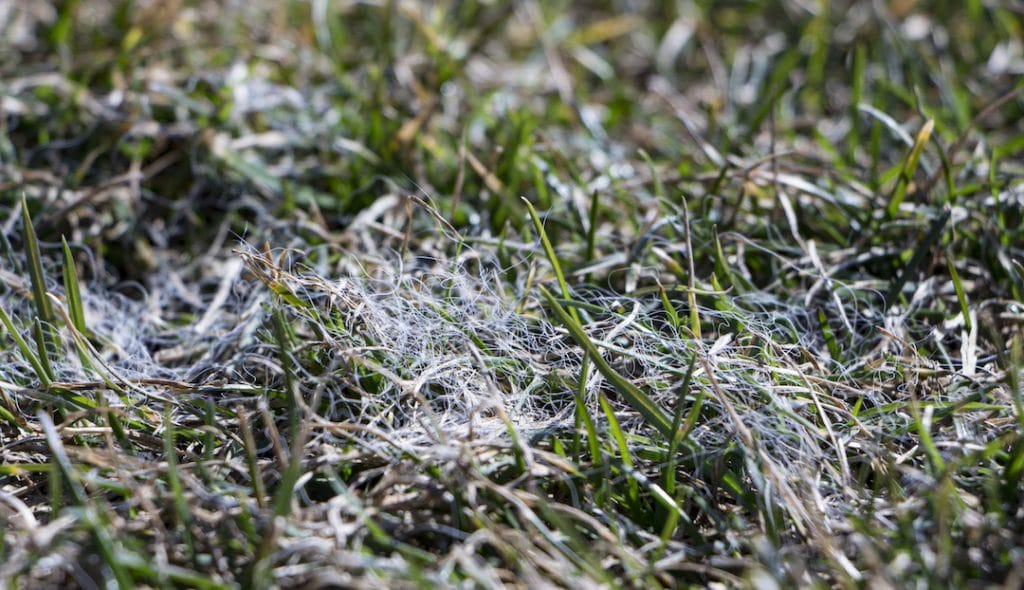
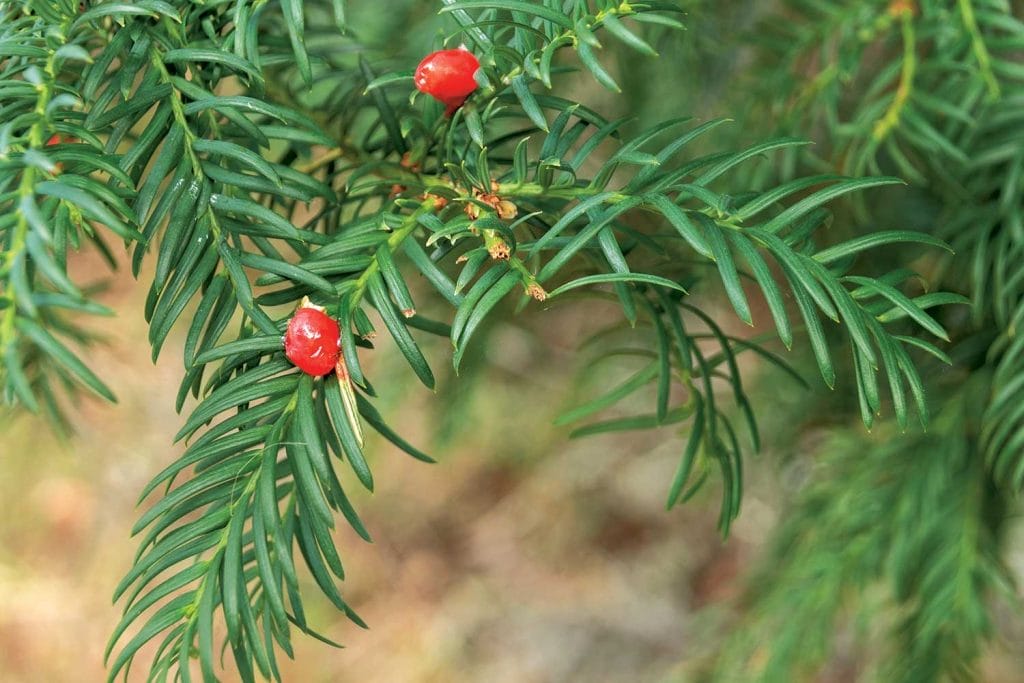
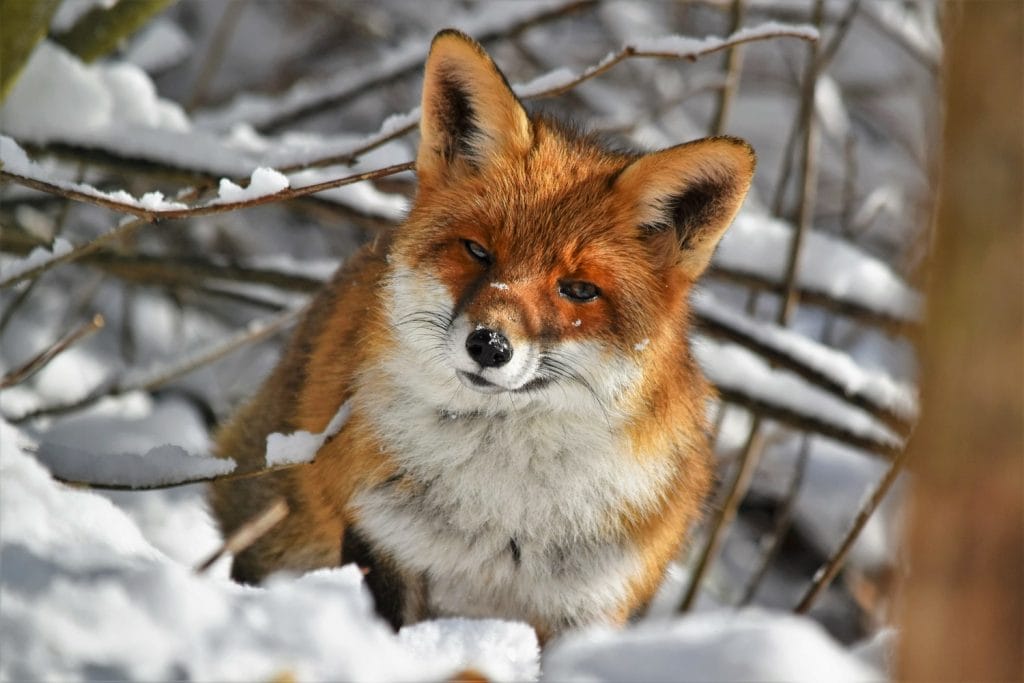
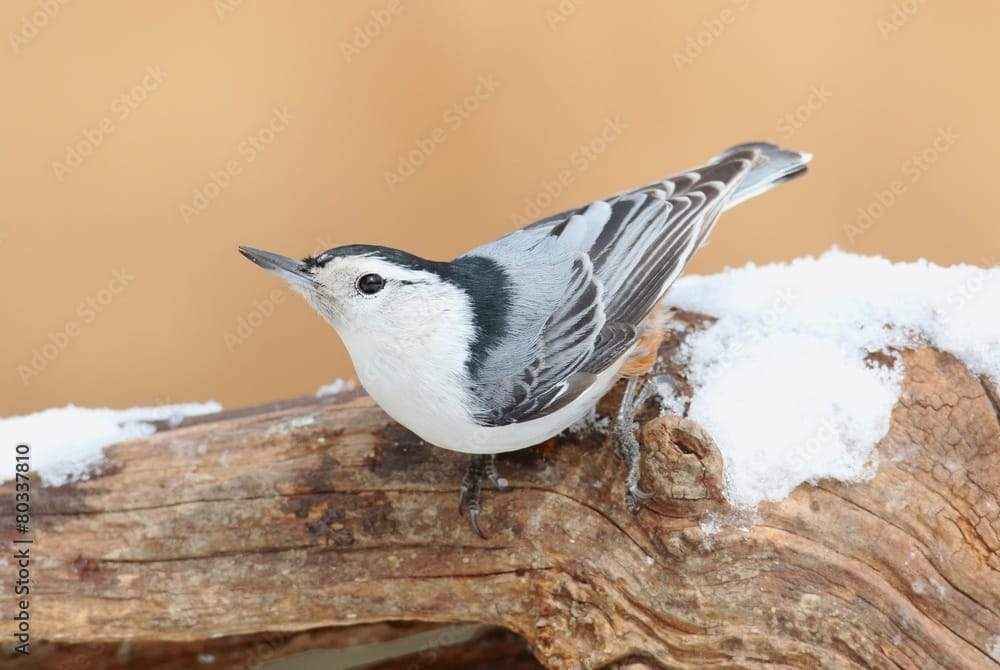
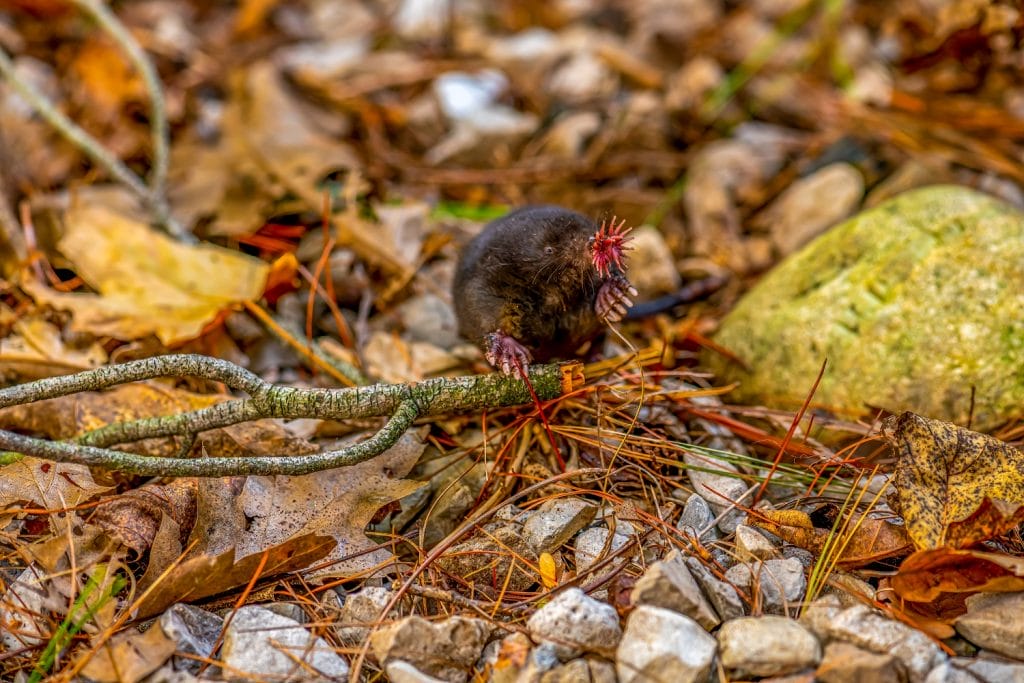
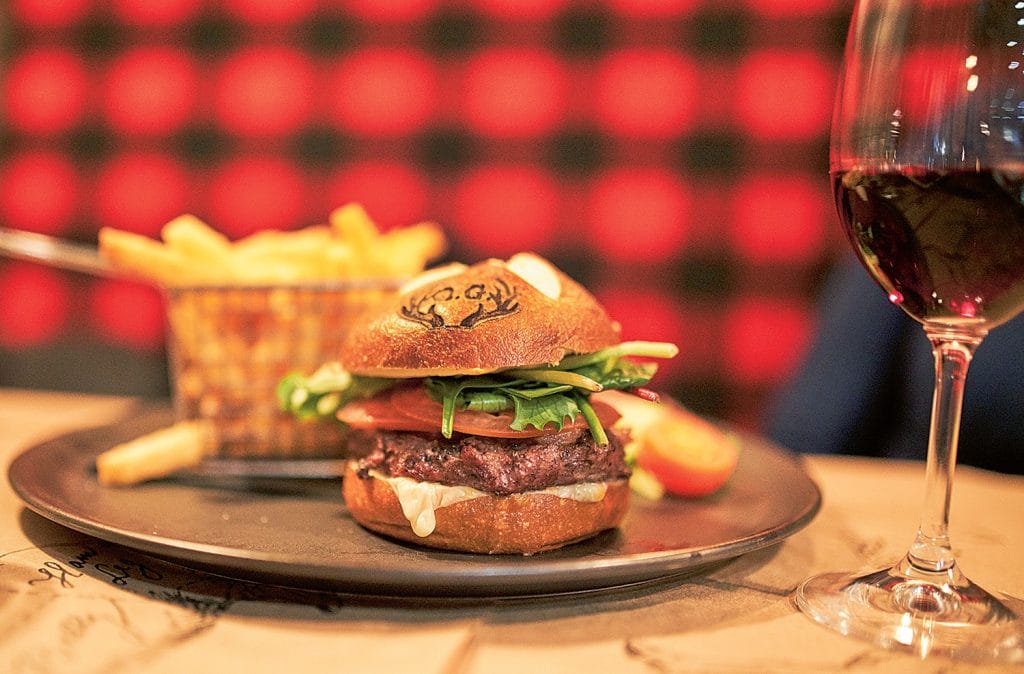




0 Comments